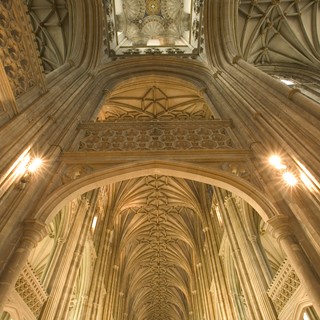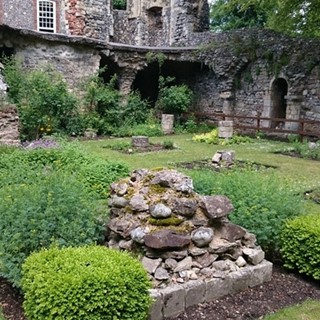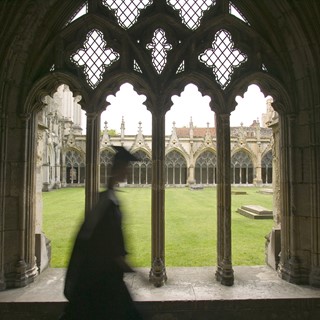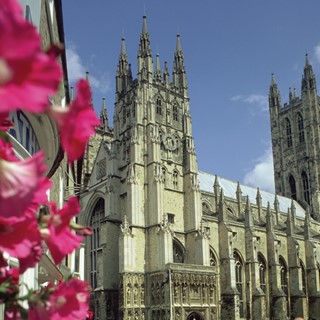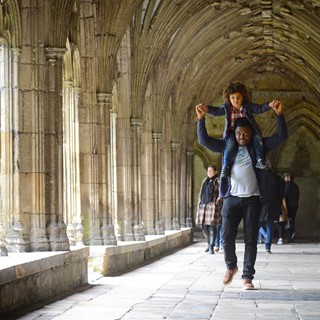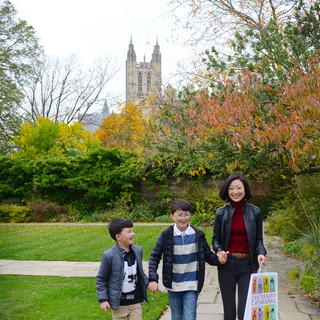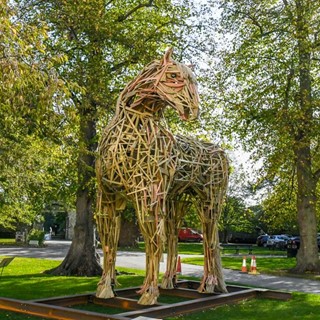Canterbury Cathedral is the Mother Church of the worldwide Anglican Communion, seat of the Archbishop of Canterbury and has a tradition of visitor welcome that reaches back to the days of medieval pilgrimage. The Cathedral, together with St Martin’s Church and St Augustine’s Abbey, forms one of Britain’s few UNESCO World Heritage Sites.
The Cathedral is an intriguing mix of Romanesque, early Gothic and Perpendicular Gothic architectural styles. Beautiful medieval stained- glass windows illustrate miracles and stories associated with St Thomas Becket while intricately carved wooden panels and impressive stonework and statues adorn the walls.
The Cathedral and its history
St Augustine, sent by Pope Gregory the Great, arrived in 597AD as a missionary, converting the pagan king and becoming the first Archbishop, establishing his seat (or ‘Cathedra’) in Canterbury.
In 1170 Archbishop Thomas Becket was murdered in the Cathedral and ever since, the Cathedral has attracted thousands of pilgrims, spurred on by tales of miracles associated with the saint’s body, as told most famously in Geoffrey Chaucer’s Canterbury Tales.
There have been gardens within the Precincts for over 1000 years, originally tended by the medieval Benedictine monks who comprised the largest religious community in England, and traces of their monastery buildings can still be found in the Cathedral landscape.
Canterbury Cathedral has survived the challenges of history and even WW2 bombing to remain an awe-inspiring place to visit to this day.
Please visit in-line with current restrictions, and visit their website before visiting to ensure they are open.
